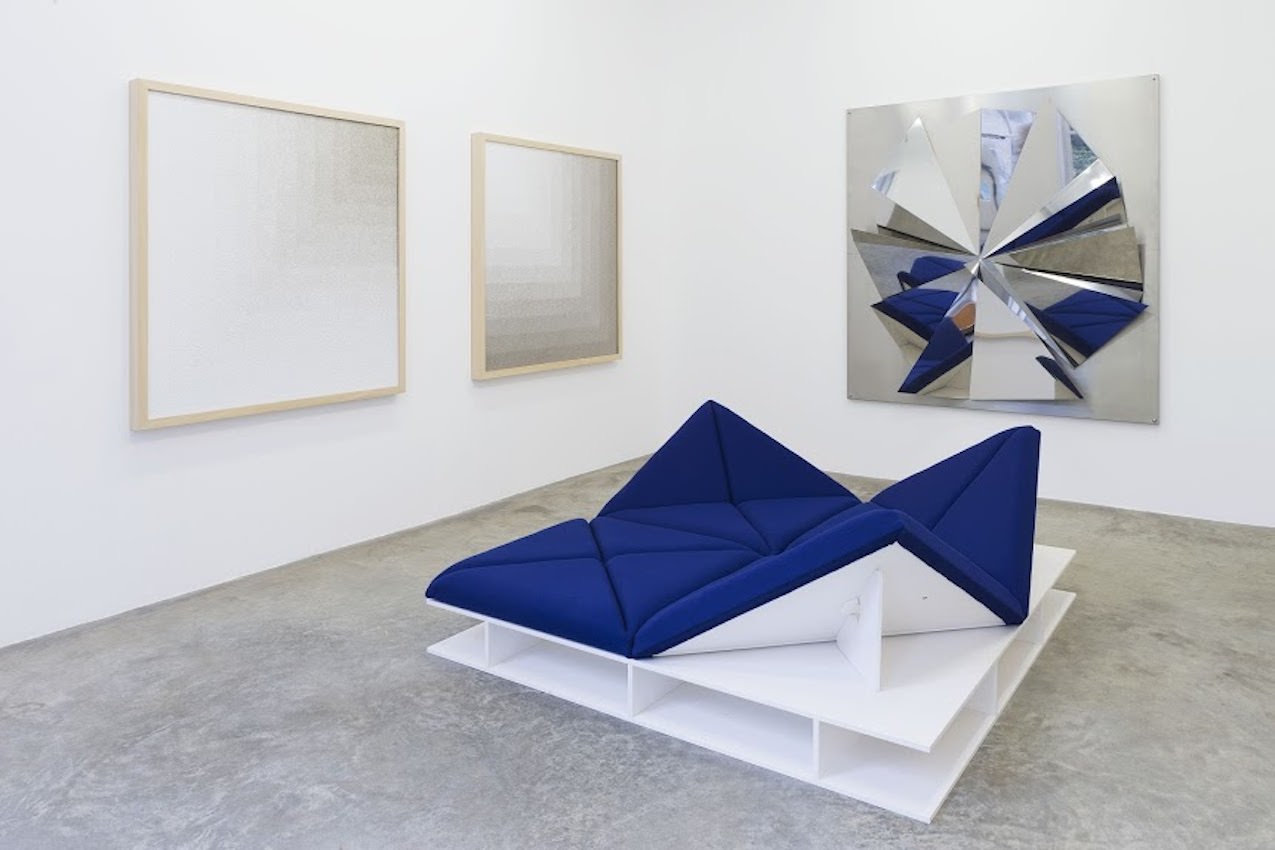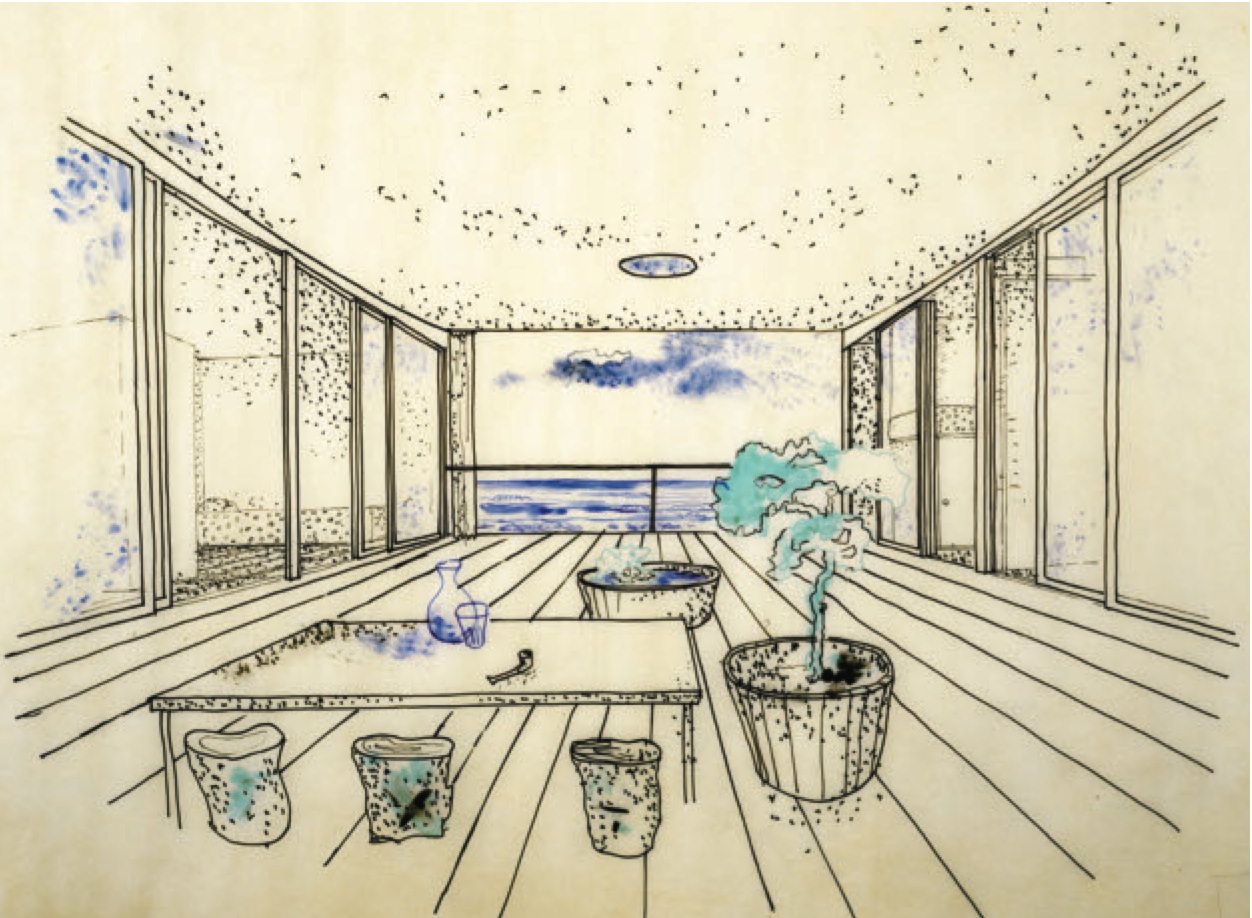Magen H Gallery is hosting the first American retrospective dedicated to French sculptor and designer, Pierre Sabatier now through December 5 in New York. The comprehensive exhibition entitled, “Substance, Material, Matter” features previously unseen large-scale furniture works curated by the gallery.
The sculptor’s work is perceived as an exploration and enfoldment of the marriage of materials and movement. From large-scale works to functional design, the virtuous nature and range of Sabatier’s work lends itself to an inquiry into the adaptation of forms and materials. It is perhaps also a reflection of our willingness as a society to remain flexible in a constantly changing world.
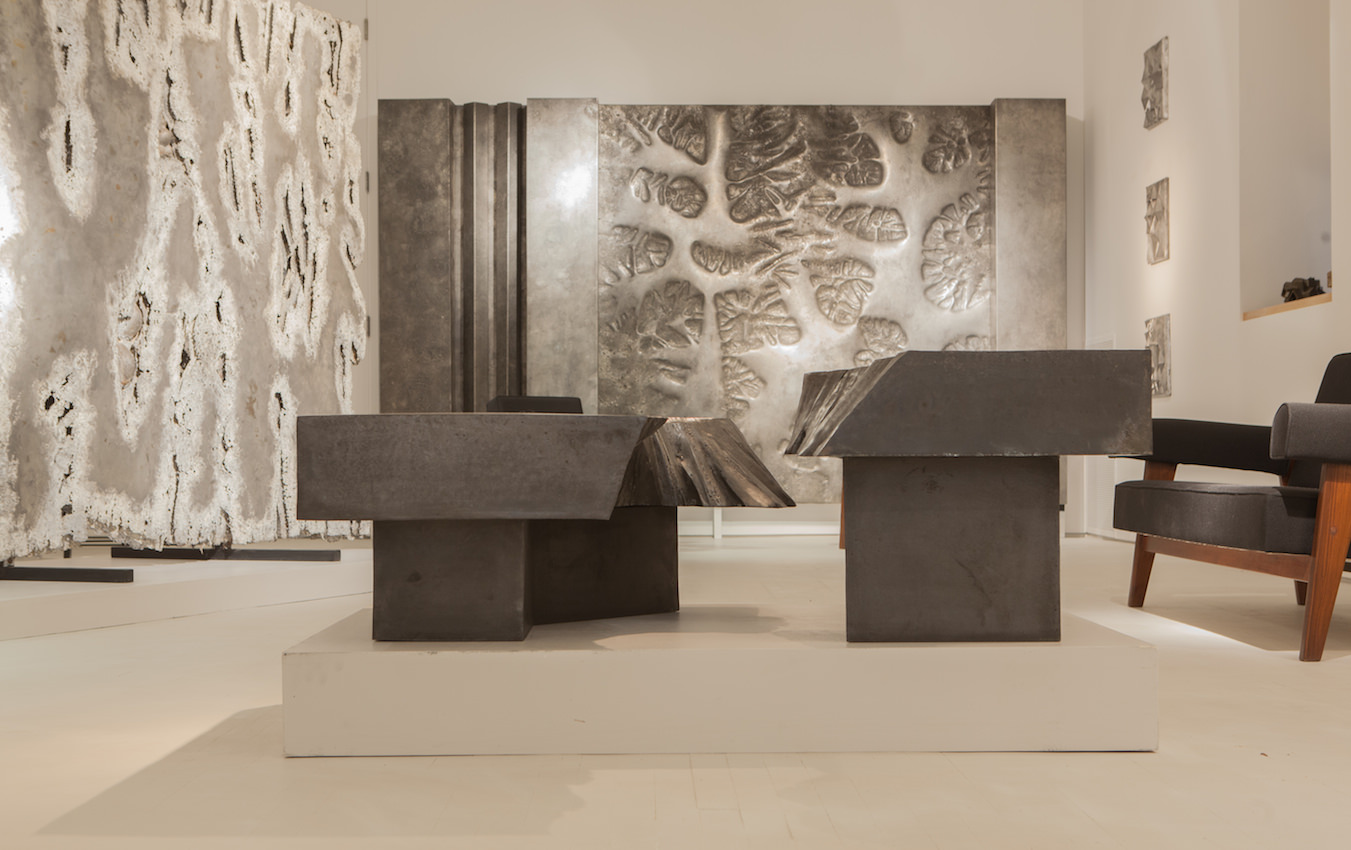
Courtesy of Magen H Gallery
Sabatier is known for his contributions to collective and monumental art, and most specifically his partaking in Mur Vivant, the 60s French movement that encouraged the integration of art into architecture and encompassed the convictions and designs of Pierre Paulin, Sheila Hicks, and Joseph André Motte among others.
In 1966 the publication of a new architecture magazine Le Mur Vivant (The Alive Wall) advocated a new perspective that fused architecture and art into one. This modern vision, pushed by Le Corbusier, Raymond Lopez, Maurice Novarina, quickly took off at a time where France was experiencing its celebrated years of post-war economic boom (“les trentes glorieuses”), and subsequently such monumental undertakings were made possible by generous construction budget laws.
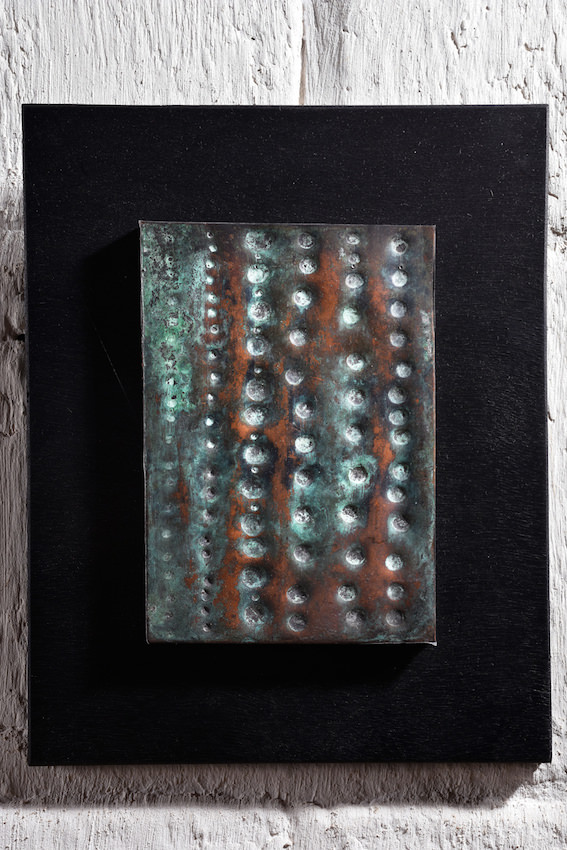
Pierre Sabatier: “Substance, Material, Matter”
Thus, Sabatier was able to produce several important public commissions such as the central space of the Tour Aquitaine at Paris’s La Defense quarter in 1967 or the stadium at the Porte d’Orléans in Paris in 1968.
Eventually, Sabatier found his signature medium—metal. The sculptor developed an exceptional know-how in the acid treatment of aluminum, stainless steel, pewter, and brass copper at a time where the material was not that commonly used and visible, unlike today.
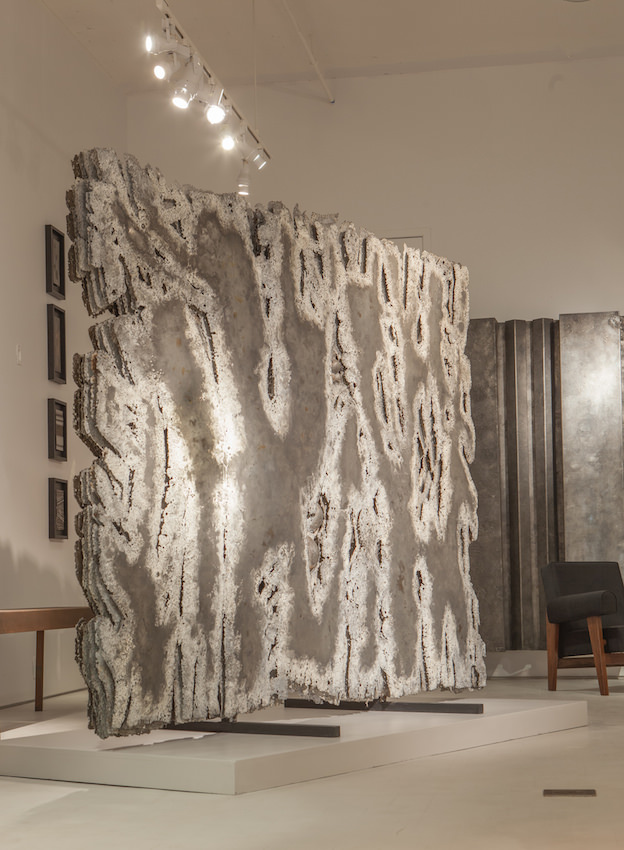
November 4th-December 5th Magen H Gallery, New York
Photo credit: Emilie Baltz
The 1970s saw Sabatier’s move to design yet still under the evident influence of architecture. His creations were usually functional—walls, doors, screens—and totally integrated within the urban environment, taking into consideration all the surfaces and the scale of the surrounding spaces. The logical next step for his work was the creation of total environments within which he integrated functional elements. Several examples of this period include a sculptural space in steel and tin created for the Ecole Nationale Supérieure d’Eléctricite d’Orsay in 1977, and a patio created for the Institut Universitaire de Technologie de Calais in 1986.
Sabatier died in Paris in 2003 having accomplished a remarkable body of work within contemporary architecture in France and abroad. His more than 150 creations are impressive in their monumentality and variety.
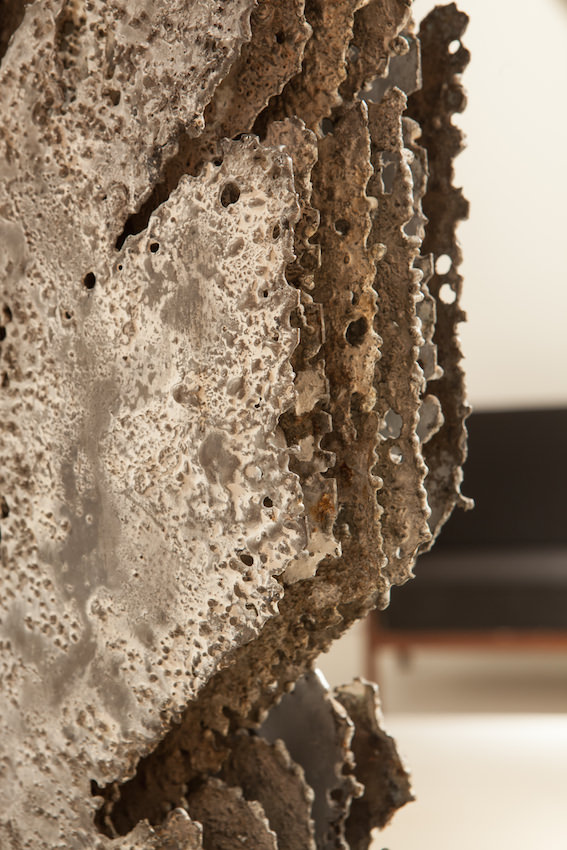
Courtesy of Magen H Gallery




